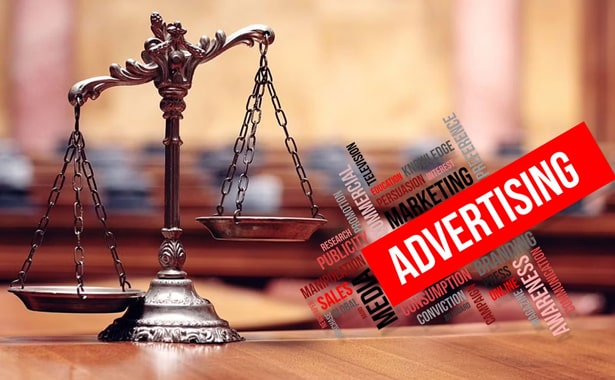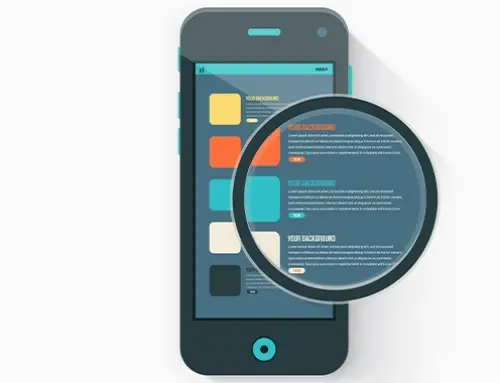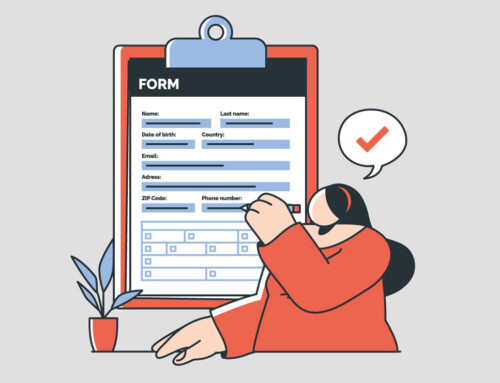Contents
Introduction
Lawyer advertising is a tough nut to crack. You want to be able to reach people who need legal help, but you also want to avoid being annoying or offensive. You want to create interesting content that will get clicks and views, but you don’t want it to be so much work that it kills your whole day.
How to Make Lawyer Advertising Easier
While there are no silver bullets for making lawyer advertising work, there are some ways that can help make things easier:
1.Create a business plan.
Before you can begin to advertise your services, you will need to create a business plan. Having a written business plan helps you organize and prioritize your goals and objectives, as well as determine if there are any gaps between where you are now and where you want to be in the future.
A good business plan should include:
- A summary of who you are and what services or products your firm offers;
- A description of how these services or products will be marketed;
- An outline of how profits will be generated and how cash flow will be managed during lean times;
2.Create a niche area of practice.
Your ideal client is the person who will hire you. You have to know who your ideal client is and what they want in order to understand how to attract them.
An effective way to create a niche area of practice is by defining your target market, then creating an ideal client profile based on that information. This helps narrow down the type of people who might hire you, which makes it easier for them to find you online or in person at networking events.
Next, you have to define their needs, pain points (what makes them unhappy), wants (what would make them happy), and expectations (how much they’re willing to pay). You’ll also want these answers before deciding on rates because if there’s no need for legal services from other lawyers at certain rates then there won’t be any demand for yours either!
3. Create a brand for your law firm
Creating a strong brand is the first step toward establishing yourself as an authority in your field and getting noticed by potential clients. If you don’t have time to develop it yourself, hire someone who specializes in branding and design to help you out.
A great logo should be simple enough that anyone can recognize it from across the room or while scrolling through their phone’s news feed, but also distinctive enough that people won’t confuse it with other logos they’ve seen before (or worse yet, copy). It should convey both legitimacy and confidence–ideally without coming across as stuffy or pretentious–and look professional even on Facebook or Twitter where space constraints are tight!
4. Develop a content marketing strategy
- Content marketing is a strategy that businesses can use to attract new customers, build brand awareness and influence prospective clients.
- A lawyer’s website is the most important tool in their marketing arsenal because it’s where people go when they’re looking for legal services. Your website should be built on a platform that allows you to publish content regularly–and easily update it as needed without breaking the site or costing money every time you make a change (which often happens with DIY websites).
The key components of a successful content marketing strategy include:
Defining your target audience(s) – Developing relevant topics based on their needs – Creating engaging visual material like infographics, videos and images – Writing compelling blog posts that answer questions potential clients might have about your practice area
5. Write blog posts that engage readers and educate them about your industry and practice area.
Writing blog posts that educate your audience will help you establish yourself as an expert in your field. When you write about topics that are relevant to your practice area or target audience, it shows potential clients that they can trust you with their legal needs. For example:
- If you’re an immigration lawyer, then writing about immigration reform laws is a great way of educating people on the topic and helping them understand how those laws affect them personally.
- If your firm specializes in family law cases involving divorce or child custody matters, then posting articles related to those issues could be helpful for readers who want more information before making decisions about their own cases.
6. Start writing guest blogs for other websites in your niche
You need to write guest blogs for other websites in your niche. This is the best way to get some exposure, build relationships with other influencers and create more credibility for yourself as an expert.
I recommend writing for sites that are in your niche, but if you want more options, consider writing for sites that aren’t directly related to what you do either. For example: if I were a lawyer specializing in entertainment law, I could write about my experiences as a musician or actor (even though those topics don’t relate directly).
7. Use keywords to make sure you rank high on search engines like Google and Bing
The next step is to make sure you’re using keywords that will help you rank high on search engines like Google and Bing. This can be done by creating a list of relevant keywords related to your industry, practice area, business name and location. You should also consider the type of work that you do when deciding which keywords to use in your advertising campaign. SEMrush is a great keyword tool that you can use.
For example: If I own an auto repair shop called “Bob’s Auto Repair” in New York City (a very specific location), then some good keyword choices might include: “auto repair nyc”, “car repair nyc”, or even just simply adding “nyc” at the end of every single one of my ads so that when people are searching for auto repair shops near them they’ll see mine first!
8. Research other sites that are getting traffic from their lawyer advertising posts
To find out, go to Google Analytics and look at the top referring sites for your target keywords. This can help you see what types of content are most successful in generating clicks for those terms. If a particular site is doing well with a certain type of post (for example, “7 Ways To Reduce Your Lawyer Fees”), then it might be worth trying something similar yourself!
9. Track Performance
You can track how well each advertisement is performing by using Google Analytics or another web-based analytical tool, which will give you detailed information about where viewers come from, how long they stay on the site and what pages they visit when they’re there. This will help ensure that all the money spent on lawyer advertising goes towards paying for effective ads that attract new clients (and don’t just go into the ether).
10. Stay in touch via an Email list
Email is a great way to stay in touch with potential clients. You can use it to share news about your practice, or send out information on how you can help them through this difficult time in their lives. A series of pre-built email templates are included within the Runsensible’s email marketing campaigns.
A good email list should include:
-
- An opt-in form that asks people who sign up for your emails if they would like to be added to your database (this will help prevent spam filters from blocking your messages).
- A welcome message explaining who you are and why they should sign up for future communications from you.
- Information about what kind of content will be sent out via email, such as tips about legal issues relevant to their situation and articles/videos/podcasts related to those topics (e.g., “I’m going to have an article every week about different kinds of wills).”
11. Use VOIP (Voice Over Internet Protocol) Systems
- Offer different types of communication methods like emails and VOIP systems so that your clients can reach out to you easily.
This is especially important if a client needs a quick response or has a question that doesn’t require an in-person meeting. In addition to phone calls, text messages and social media posts, consider adding video chat capabilities as well as email addresses with attachments in case the client wants written proof of something (like a contract). Runsensible has a VOIP system that can be purchased either from Runsensible itself, or through Twilio.
12.Use a CRM Tool for Lawyers
A CRM (customer relationship management) tool is an essential part of any law firm’s marketing strategy. It can help you with your lawyer advertising, your target market and even your brand.
When it comes to managing relationships with clients, RunSensible has all the features you need:
- Contact management – Keep track of all the details about each client and contact them in one place.
- Marketing automation – Send out automated emails based on their activity or preferences when they sign up on your website through RunSensible’s integration with email platforms.
- Automated reminders – Create automated reminders for tasks like sending out invoices or following up with clients on their cases.
- Client advocacy – RunSensible is built to help you build relationships with your clients. It helps you seamlessly collect feedback and deliver great service. You’ll also be able to get insights into how your clients use the platform and what they like about it. The best part? It’s all automated, so there’s no need for manual intervention on your end.
Know Your Target Audience
Advertising for lawyers is not easy but it can be done if you do it right. Lawyer advertising is a very important part of your business, but if you’re not careful, your marketing efforts may end up costing more than they’re worth. The key to success with lawyer advertising is knowing exactly who your target audience is and the best ways to reach them through their preferred channels (such as email or social media). Contacting them at the right time in their buying cycle gives you the chance to convert them into actual clients!
Conclusion
We hope you’ve found this guide helpful and that you’re ready to get started with your own lawyer advertising campaign. Remember that it’s important to keep things simple, but also make sure they’re professional enough to convey the right message about your firm and what it can do for clients.
We also have another blog post related to Digital Marketing for Law Firms, make sure to check it out. Good luck!
Disclaimer: The content provided on this blog is for informational purposes only and does not constitute legal, financial, or professional advice.






